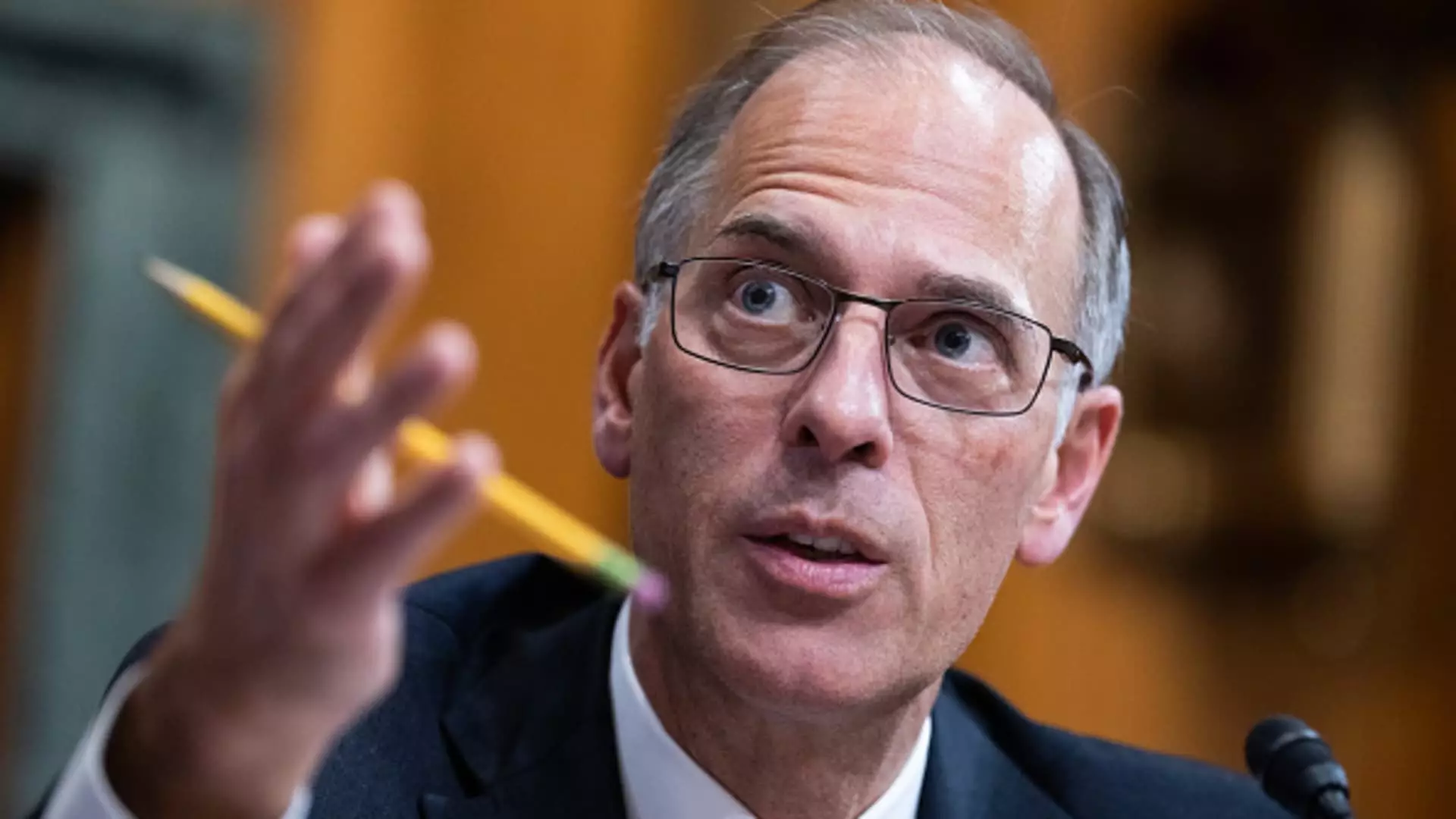As the economy stands on the brink of a new political era, recent analyses suggest that the U.S. economy is performing remarkably well. Mark Zandi, the chief economist at Moody’s Analytics, has characterized this period as one of exceptional growth. With the Gross Domestic Product (GDP) hovering around a robust 3%, strong productivity metrics, and vigorous business formation rates, the indicators point towards a resilient economic environment. The stock market has also shown a positive trajectory, reflecting investor confidence and corporate vitality.
Zandi’s assessment raises the question of what constitutes the current economic health and whether this robust performance can sustain under potential external pressures that may arise with the incoming administration of President-elect Donald Trump. While there’s much to celebrate, a closer examination suggests that the landscape is complicated by underlying vulnerabilities.
Despite the accolades surrounding the economy, Zandi warns of looming “storms” that could disrupt this positive trajectory. One area of concern is Trump’s anticipated quick action on immigration and tariff policies, both of which could have substantial ramifications for the workforce and broader economy. The expectation is that Trump will stay true to his campaign commitments, adopting an aggressive stance on these issues.
Zandi emphasizes that the economy’s strength has, in part, been bolstered by the contributions of recent immigrants. This demographic has effectively filled critical gaps in the labor market, particularly in sectors that faced labor shortages. Goldman Sachs analysts have echoed this sentiment, noting that the influx of immigrants has helped ameliorate some of the labor supply challenges present in the economy.
However, the expected clampdown on immigration could counteract these benefits. The reduction in available labor could lead to labor shortages, particularly in industries reliant on lower-wage jobs, creating a ripple effect across various sectors of the economy.
Another serious consideration is the impact of Trump’s proposed tariffs on imports. As Zandi noted, tariffs introduce a significant amount of uncertainty for businesses that rely on the global supply chain. This unpredictability often results in hesitance to invest or expand, leading to potential job losses and stagnation in certain sectors.
Zandi outlines the stark reality that tariffs act as a tax increase on consumers, which is likely to lead to heightened prices for essential goods. A recent report from the National Retail Federation paints a dire picture regarding potential price hikes due to tariffs, with double-digit percentage increases forecasted across numerous retail categories. For instance, the cost of clothing could rise dramatically, transforming an $80 pair of jeans into a price range between $90 and $96. Such price inflations could compress the budgets of American households considerably, especially those from lower-income brackets, who spend a significantly larger portion of their income on clothing compared to wealthier households.
Socioeconomic Implications
The implications of these economic shifts bring forth a combination of opportunity and challenge. On one hand, the potential for increased investment in domestic production could stimulate job growth within certain industries. On the other hand, the exacerbation of costs may push many consumers, particularly those in low-income groups, further into financial distress.
As the economic landscape evolves, understanding the intertwined effects of policy decisions becomes crucial. The new administration’s stance on tariffs and immigration could redefine the economic playing field, calling for attention from policymakers, businesses, and consumers alike. Vigilance in addressing these potential storms is essential to safeguarding the economic progress achieved thus far.
While the U.S. economy presently boasts strong metrics, the interplay of forthcoming policies may dictate its future stability. The dual challenges of immigration restrictions and tariffs merit serious consideration from all stakeholders involved. As the nation prepares for the transition in leadership, the path ahead will require careful navigation to ensure that the economy not only endures potential storms but continues to flourish in the long term. Understanding how these factors pertain to everyday life and consumer stability will be pivotal in shaping a resilient economic future.

